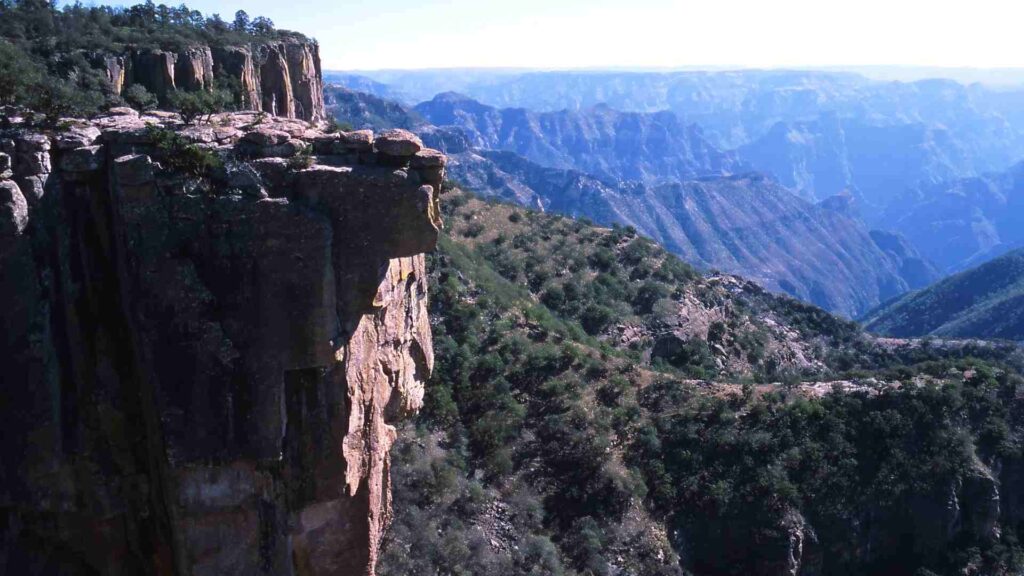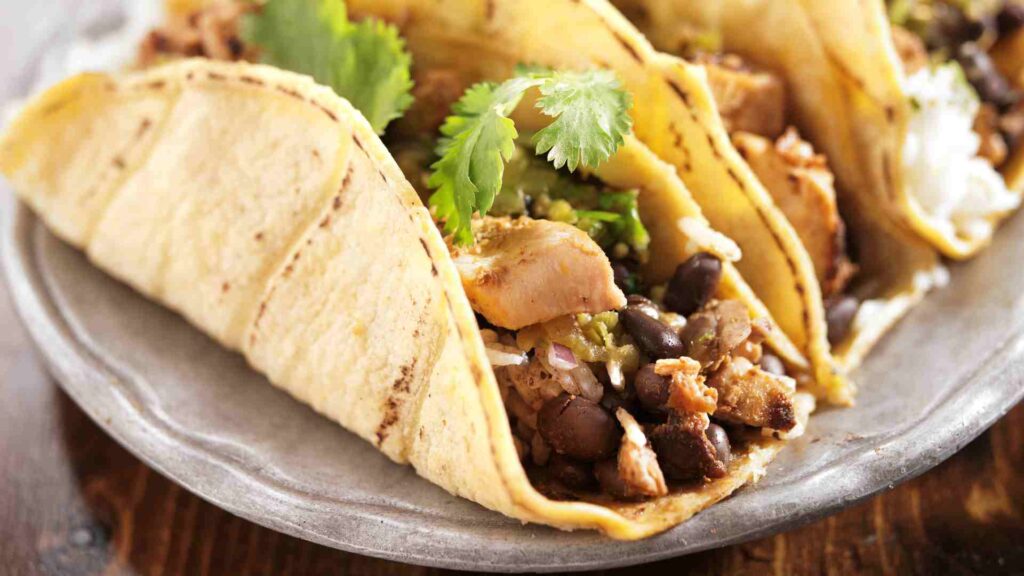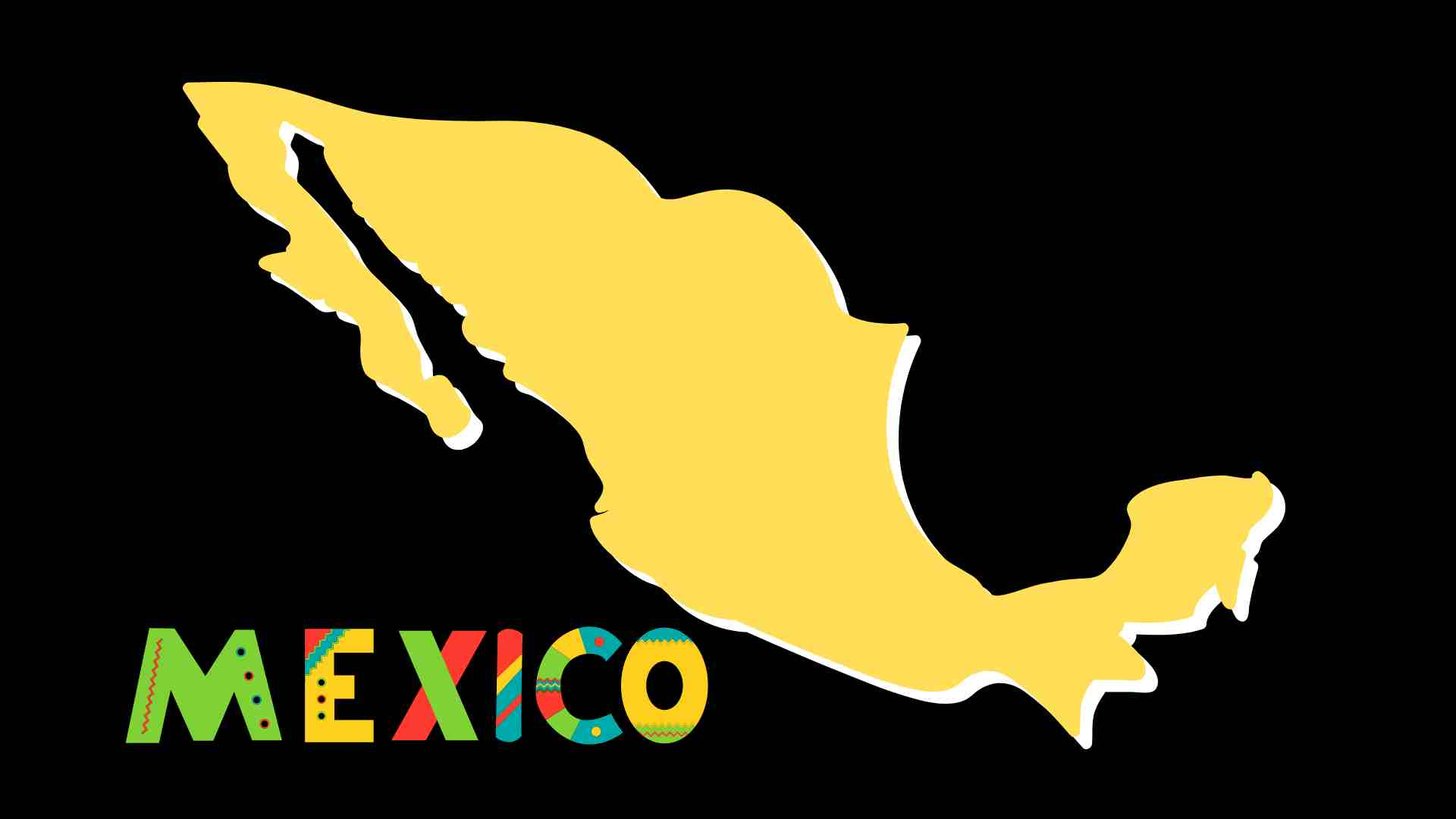We use affiliate links to run our site. When you buy through links on our site, we may earn an affiliate commission, without any added cost to you. Learn more
Mexico is a vibrant and culturally rich country located in North America. From its ancient civilizations and rich history to its diverse natural wonders and unique cultural traditions, there are countless interesting facts about Mexico that make it a fascinating place to learn about.
In this blog, we will explore some of the most interesting aspects of Mexican culture and history, including its pre-Columbian civilizations, Spanish colonization, and modern cultural traditions.
We will also delve into Mexico’s natural wonders and diverse geography, as well as its famous cuisine and drinks.
Whether you are a seasoned traveler or simply a curious learner, there is something for everyone to discover in this blog about the fascinating country of Mexico.
A Brief History of Mexico:

Mexico has a rich and complex history that spans thousands of years. The earliest human settlements in Mexico date back to at least 12,000 years ago, and over time, a number of ancient civilizations rose and fell in the region.
One of the most well-known ancient civilizations in Mexico is the Maya, which flourished in Mexico and Central America from the 3rd century BCE to the 10th century CE. The Maya are known for their sophisticated system of writing, art, and mathematics, as well as their monumental architecture, including pyramids and palaces.
Another ancient civilization that flourished in Mexico was the Aztecs, who lived in the region from the 14th to the 16th centuries. The Aztecs developed a complex society with a strong military and a sophisticated system of government and made significant contributions to the arts and sciences, including astronomy and agriculture.
In the early 16th century, the Spanish conquistadors arrived in Mexico and conquered the Aztec Empire, establishing Spanish colonial rule over much of the region.
This period of Spanish rule lasted for more than 300 years, during which time Mexico became an important center of trade and commerce in the New World.
However, in the early 19th century, Mexico began to fight for its independence from Spain in the Mexican War of Independence, which lasted from 1810 to 1821.
The war was led by Miguel Hidalgo y Costilla, who is known as the “Father of Mexican Independence,” and José María Morelos y Pavón, who is considered one of the main heroes of the war. Ultimately, Mexico gained its independence from Spain and became a sovereign nation.
Since gaining independence, Mexico has gone through a number of political and social changes, and today is a diverse and dynamic country with a rich cultural heritage and a vibrant modern society.
Geography and Natural Wonders:

Mexico is a country located in North America, bordered by the United States to the north and Belize and Guatemala to the south. It is the fifth largest country in the Americas by land area and the 14th largest country in the world.
Mexico has a diverse range of geography, including mountains, beaches, deserts, and forests. The country is home to a number of major biomes, including the tropical rainforest, the Sierra Madre, and the Yucatan Peninsula.
One of Mexico’s most famous natural wonders is the Copper Canyon, a network of canyons in the Sierra Madre Occidental mountain range that are deeper and longer than the Grand Canyon in the United States.
The Copper Canyon is home to a number of indigenous communities and is a popular destination for hikers and adventurers.
Another natural wonder in Mexico is the Monarch Butterfly Biosphere Reserve, a protected area located in the states of Mexico, Michoacán, and Tamaulipas that is home to millions of monarch butterflies during the winter months.
The Monarch Butterfly Biosphere Reserve in Mexico is a UNESCO World Heritage Site and a popular tourist destination.
It is also home to the Cenotes, natural sinkholes filled with fresh water that was considered sacred by the ancient Maya. The Cenotes are located throughout the Yucatan Peninsula and are popular for swimming and snorkeling.
Overall, Mexico’s diverse geography and natural wonders make it a unique and fascinating country to explore.
Culture and Traditions:
Mexico has a rich cultural heritage that is a blend of indigenous, Spanish, and modern influences. Mexican culture is known for its vibrant art, music, and dance traditions, as well as its colorful festivals and celebrations.
Mexican folk art, including textiles, ceramics, and paintings, is an important part of the country’s cultural heritage. Traditional Mexican crafts are often inspired by the natural world and incorporate vibrant colors and patterns.
Mexico is also home to a number of famous festivals and celebrations, including the Day of the Dead, a holiday that honors the deceased with colorful altars and decorations; Mexican Independence Day, which commemorates the country’s independence from Spain; and Cinco de Mayo, which celebrates the Mexican army’s victory over the French at the Battle of Puebla.
Mexico’s cultural traditions are also reflected in its cuisine, which is known for its wide range of dishes and ingredients, such as tacos, burritos, enchiladas, mole, and chiles. Mexican drinks, such as tequila, mezcal, and aguas frescas, are also popular around the world.
Overall, Mexican culture and traditions are diverse, vibrant, and deeply rooted in the country’s history and heritage.
Food and Cuisine:

Mexican cuisine is a rich and diverse culinary tradition that has been influenced by a number of different cultures, including indigenous, Spanish, and modern influences. Here are a few interesting facts about Mexican food and cuisine:
- Tacos are a popular Mexican dish that consists of a small tortilla filled with a variety of ingredients, such as meat, cheese, beans, and vegetables. Tacos are often served with salsa, guacamole, and other toppings.
- Burritos, another popular Mexican dish, is similar to tacos, but are made with a larger tortilla and typically have more filling. Burritos can be filled with various ingredients, including meat, beans, rice, and vegetables.
- Enchiladas are a type of Mexican dish that consists of a tortilla rolled around a filling and topped with sauce and cheese. Enchiladas are often filled with meat, beans, or cheese, and can be served with a variety of toppings.
- Mole is a traditional Mexican sauce made from a blend of spices, nuts, and chocolate. Mole is often served over chicken, beef, or pork and is known for its complex and flavorful taste.
- Chiles are an important ingredient in Mexican cuisine and are often used to add flavor and heat to dishes. There are many different types of chiles used in Mexican cooking, including jalapeños, poblanos, and habaneros.
- Mexican drinks, such as tequila and mezcal, are also popular around the world. Tequila is a type of alcohol made from the blue agave plant, and mezcal is a type of alcohol made from the agave plant.
Overall, Mexican food and cuisine are diverse, flavorful, and an important part of the country’s cultural heritage.
Conclusion:
In conclusion, Mexico is a vibrant and culturally rich country with a long and fascinating history. From its ancient civilizations and rich cultural traditions to its diverse natural wonders and famous cuisine, there is much to discover about Mexico.
Whether you are a seasoned traveler or simply a curious learner, there are many interesting facts about Mexico that make it a unique and fascinating place to learn about.
In this blog, we have explored some of the most interesting aspects of Mexican culture and history, including its pre-Columbian civilizations, Spanish colonization, and modern cultural traditions, as well as its natural wonders and diverse geography.
We have also highlighted the rich tradition of Mexican food and drink, which are an important part of the country’s cultural heritage. Overall, Mexico is a diverse and dynamic country with a rich history and culture that is worth exploring and learning more about.
If you’ve enjoyed reading this post, you might also be interested in learning about the United States. Check out our article on Interesting Facts about the USA to discover more about this fascinating country, including its history, landmarks, culture, and more.
Amazon and the Amazon logo are trademarks of Amazon.com, Inc, or its affiliates.
